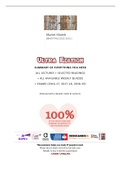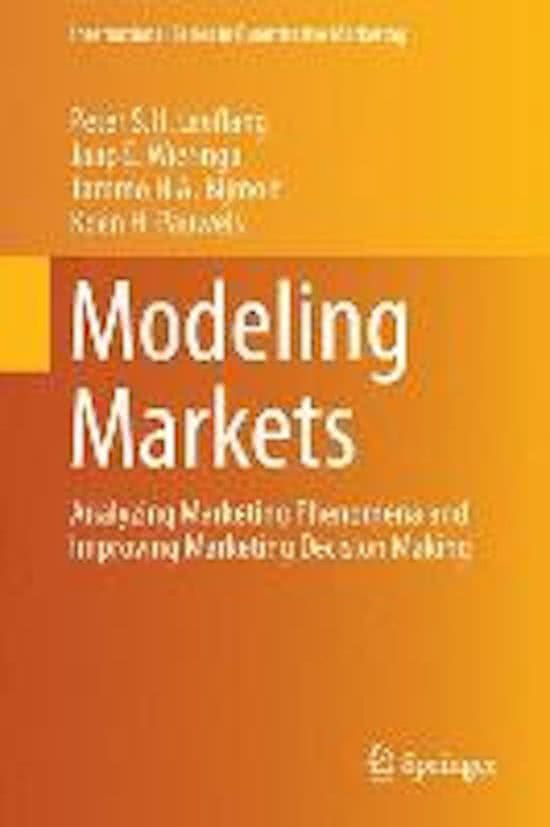Samenvatting
Complete Summary for Market Models (All Lectures + Book Chapers + Weekly Quizzes + Exams 2016-17, 2017-18, 2018-19)
The best complete summary for Market Models for MADS (EBM077A05), it includes: Lectures, Readings & Book Chapters, Weekly Quizzes and 3 Practice Exams. Enhanced with a dynamic table of contents and meticulous organization for readability and easy studying. 100% of profit from this summary is donate...
[Meer zien]





